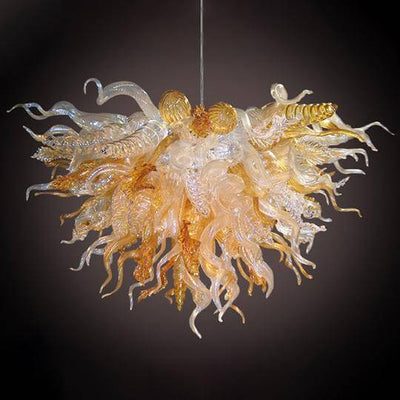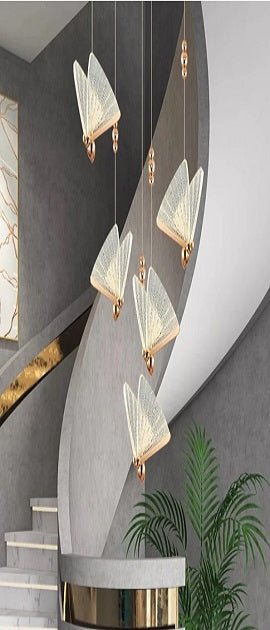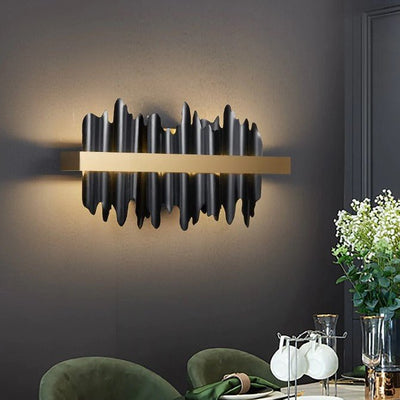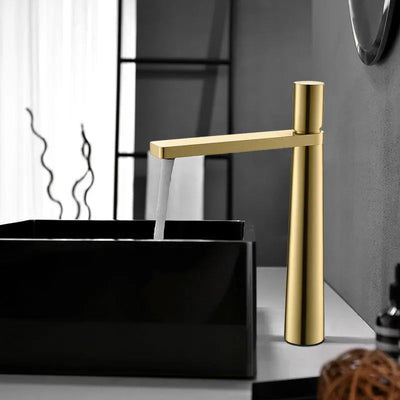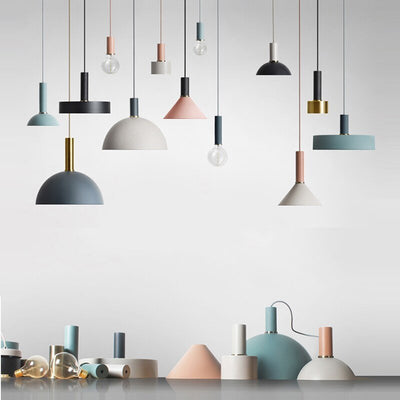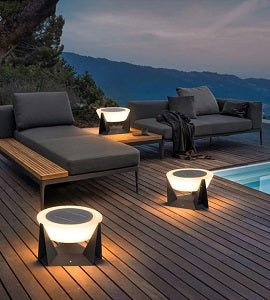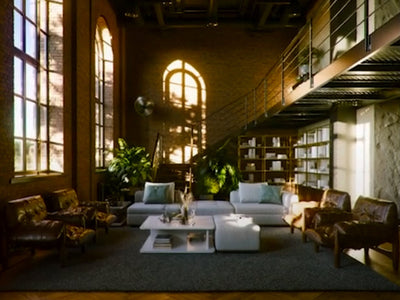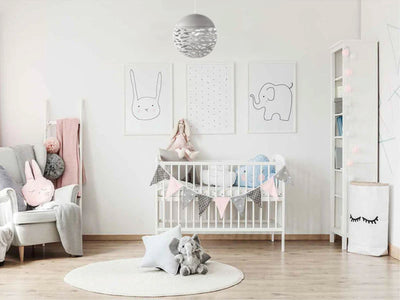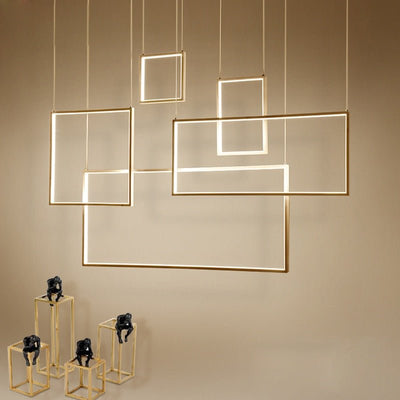Lighting for Art: Showcasing Your Collections in the Right Light
When it comes to displaying art in your home, lighting plays a crucial role in accentuating the beauty and detail of your collections. Whether you're showcasing paintings, sculptures, or photographs, the right lighting can transform the way your artwork is perceived. In this guide, we'll explore the importance of lighting for art and provide tips on how to illuminate your pieces to perfection.
Why Lighting Matters
Effective lighting for art is more than just illuminating a space; it's about enhancing the visual impact of your artwork. Proper lighting can bring out the colors, textures, and intricacies of each piece, creating a captivating display that draws the eye and evokes emotion. Without adequate lighting, even the most exquisite artworks can appear dull and uninspiring.
Understanding Different Types of Lighting
Before diving into lighting for art, it's essential to understand the different types of lighting available. Natural light can be beautiful for showcasing art, but it can also cause damage over time due to UV exposure. LED lighting is a popular choice for its energy efficiency and versatility, allowing you to adjust brightness and color temperature to suit your needs. Track lighting and recessed lighting offer flexibility in highlighting specific artworks or areas within a room.
Choosing the Right Fixtures
When selecting lighting fixtures for your art display, opt for fixtures that provide even illumination without causing glare or shadows. Track lights with adjustable heads are ideal for directing light precisely where it's needed, while picture lights can add a touch of elegance to framed artwork. Consider the size and scale of your artworks when choosing fixtures to ensure they complement rather than overwhelm the pieces.
Positioning Your Lights
The placement of your lights is crucial in lighting for art. For wall-mounted artworks, aim to position lights approximately 30 degrees from the surface of the artwork to minimize glare and shadows. For sculptures or three-dimensional pieces, experiment with lighting from different angles to highlight texture and form. Avoid placing lights too close to delicate artworks to prevent heat damage or discoloration.
Adjusting for Ambient Light
While your primary focus may be on lighting for art, it's essential to consider the impact of ambient light in your space. Natural light from windows or skylights can complement your artwork but be mindful of direct sunlight, which can cause fading and damage. Use window treatments or UV-filtering film to protect your artworks while still allowing natural light to illuminate your space.
Showcasing Artwork in Different Spaces
The lighting requirements for art can vary depending on the space in which it's displayed. In galleries or dedicated art rooms, you have more control over lighting conditions and can tailor them to suit each piece. In living rooms or dining areas, consider ambient lighting options such as chandeliers or pendant lights to create a warm and inviting atmosphere while still highlighting your artwork
Maintenance and Care
Once you've perfected the lighting for art in your home, it's essential to maintain your fixtures and monitor their performance regularly. Dust and dirt can accumulate on bulbs and lenses, affecting the quality of light and potentially causing damage to your artworks. Schedule regular cleaning and bulb replacement to ensure your lighting remains in top condition.
Conclusion
In conclusion, lighting for art is a crucial aspect of showcasing your collections and creating visually stunning displays in your home. By understanding the different types of lighting available, choosing the right fixtures, and positioning your lights effectively, you can enhance the beauty and impact of your artworks. Whether you're a seasoned art collector or just beginning to curate your collection, investing in quality lighting will elevate your space and allow your artwork to shine.




